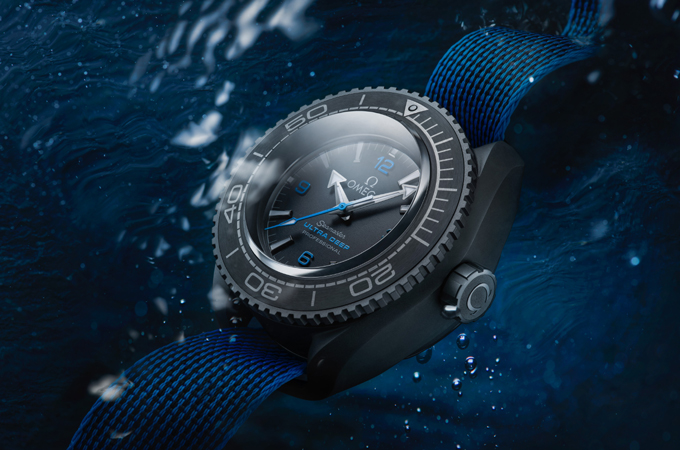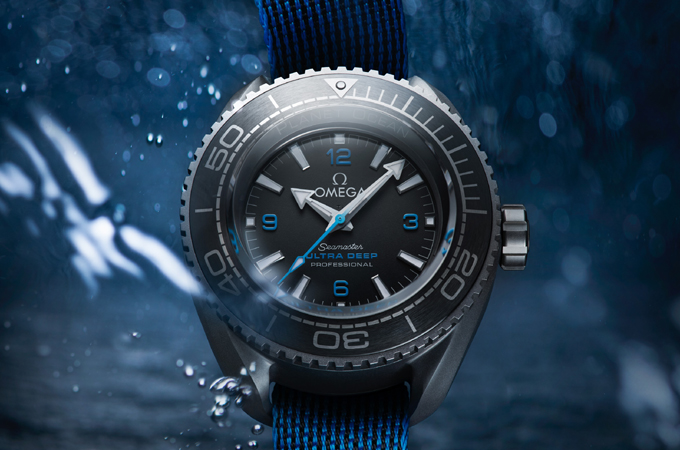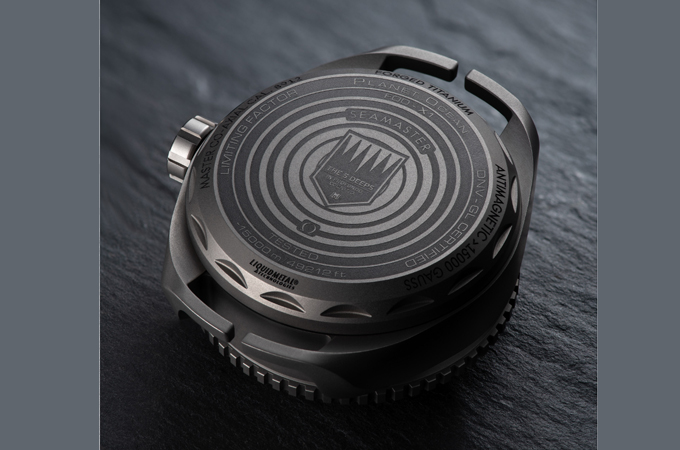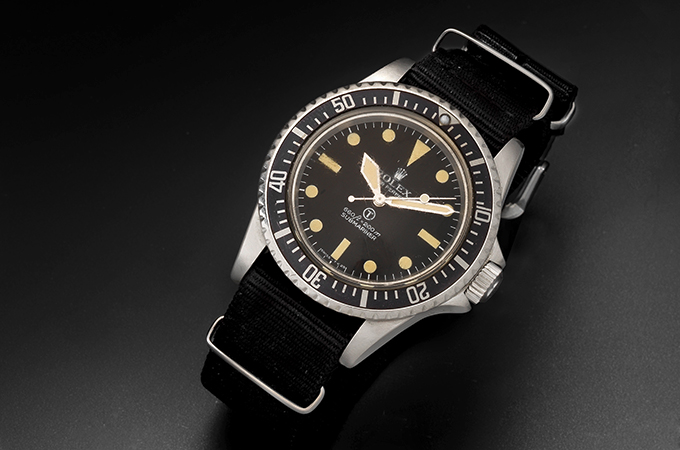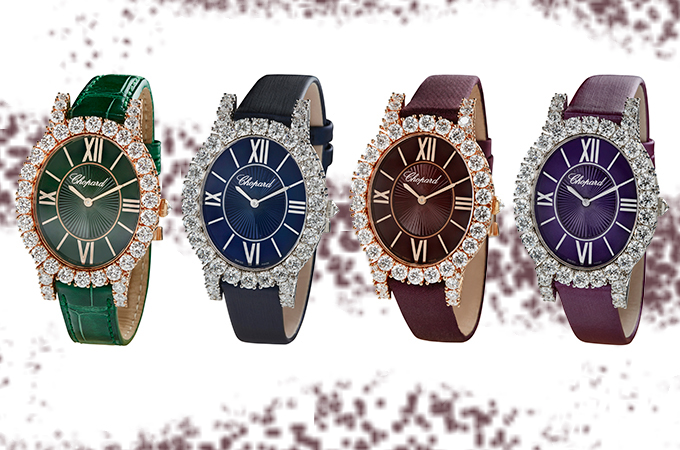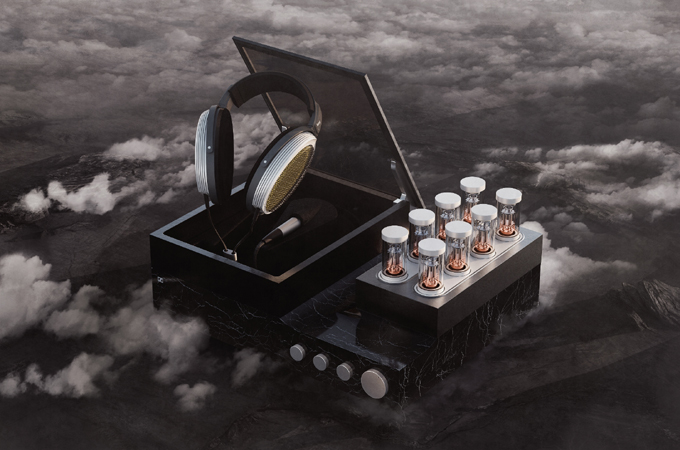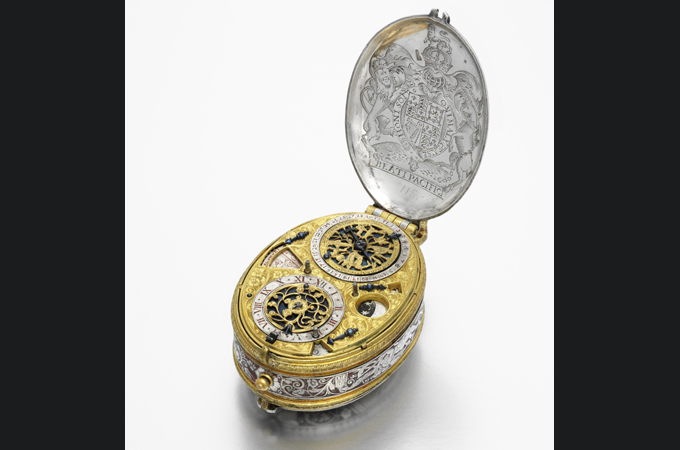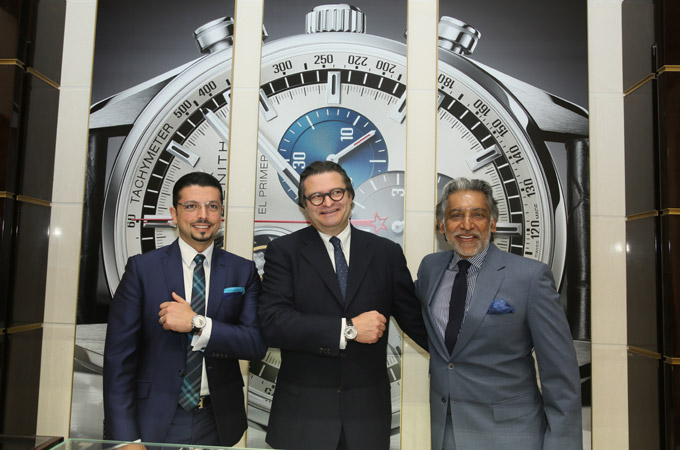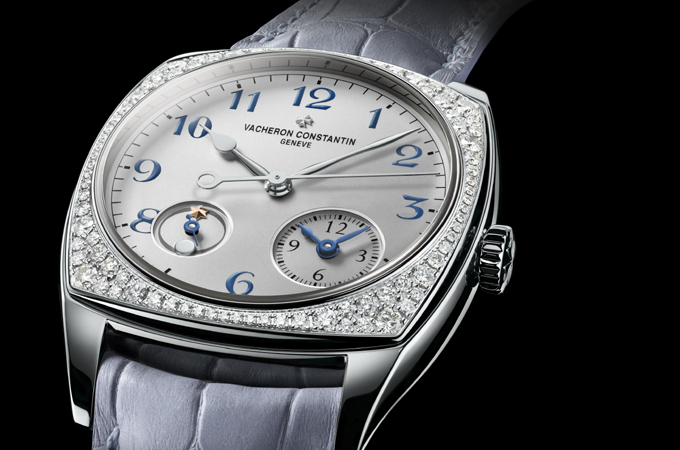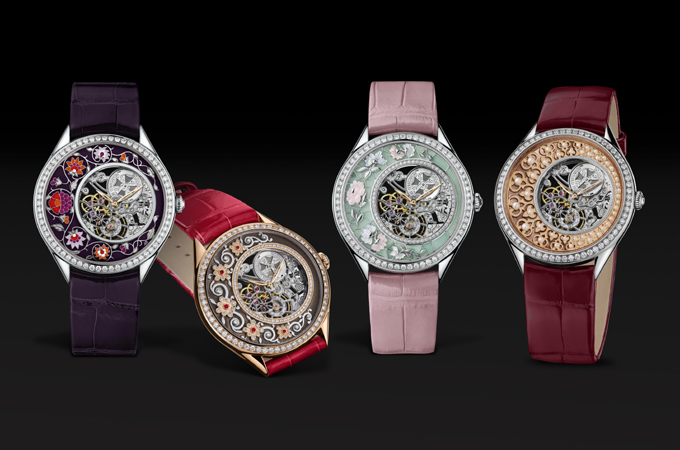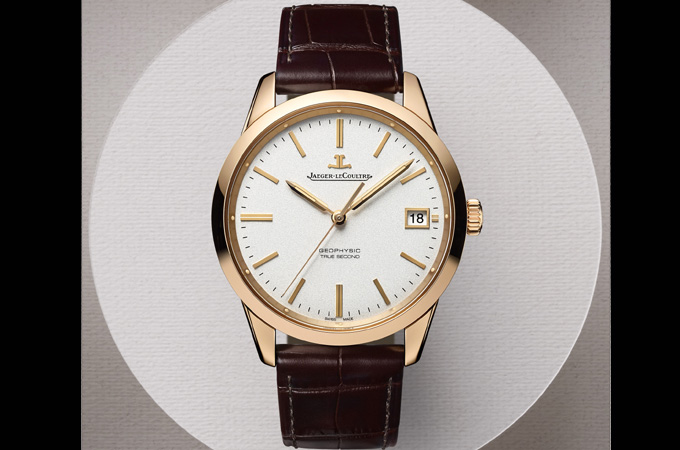Thu, Jun 27, 2019
When adventurer Victor Vescovo successfully piloted his submersible Limiting Factor to the bottom of the Mariana Trench in early 2019, the 10,928 m dive set a new world record. Performing perfectly at that depth was Omega’s Seamaster Planet Ocean Ultra Deep Professional.
The world’s first manned expedition to the deepest point in each of the five oceans is the brainchild of adventurer and submersible pilot Vescovo. Above the surface is the good ship DSSV Pressure Drop, equipped with the highest fidelity full ocean depth sonar. The action at depth takes place in DSV Limiting Factor, a Triton-built submersible commercially certified by the international maritime authority DNV-GL for extensive, repeated dives to extraordinary depths. On the ocean floor, gathering important scientific data are three “Landers”.
Omega’s journey began in 1932, with the launch of the first divers’ watch made for everyone – the Omega “Marine”. The timepiece used by Charles William Beebe, the American explorer who created the ‘bathysphere’, a spherical diving vessel that could transport humans to the depths of the ocean. The “Marine” served Beebe well during his historical 14 m dive in the 1930’s.
In 1948, the first Seamaster was born and was highly valued by British aviators and sailors for its water-resistance and reliability in combat. In 1957, Omega introduced its Seamaster 300, a watch designed specifically for divers and professionals who worked underwater.
Omega’s distinctive “Ploprof” emerged in 1970 and was tested at depth by the legendary Jacques-Yves Cousteau.
The Seamaster 1000 surfaced in 1971 - and a year later - Omega’s Seamaster 120 “Big Blue” was born. In 1981 when free diver Jacques Mayol took a deep breath and plunged to a record-breaking 101 m, the Seamaster 120 was on his wrist.
The hugely popular Seamaster Diver 300M was released in 1993 and a reimagined version of the classic launched on its 25th anniversary in 2018.
A step back to 2005 marks an important start in the Ultra Deep story. It was in this year that the first Planet Ocean was released.
"I wore my Omega Marine in the Pacific Ocean at a depth of 14 m, where the pressure is twice the normal one. Its tightness to water and dust and its robustness to corrosion represent true progress for watchmaking science," said Charles William Beebe.
Conception
Producing a professional divers’ watch is all in a day’s work for the Swiss brand, but to create a timepiece suitable for The Five Deeps Expedition required starting from scratch and taking risks. It was worth it! Pushing at the limits of watchmaking, Omega succeeded in producing groundbreaking technology that was not only fit for purpose but could be adapted to dive watch manufacturing in the future.
Depth-defying yet surprisingly slim
A watch does not have to be enormous to withstand enormous pressures. Omega managed to limit the thickness of the timepiece to less than 28mm- without sacrificing its exceptional resistance. Success didn’t come easy. In order to ensure that the loads on the watchcase stayed within admissible limits, Omega’s Ultra Deep was subjected to extensive finite element analysis simulations.
Limiting Factor's titanium grade 5 pressure hull required the development of a new advanced forging technique and an entirely weld-free construction. The bezel body, casebody, caseback and crown were machined cutoffs from the hull. These cutoffs bear the DNV-GL stamps, certifying the origin, characteristics and quality of the material.
Viewport design
The design of viewports is a critical step in the development of a submersible.
The loadbearing surface of the Limiting Factor's viewports has been engineered to minimise pressure on the inside edges of the cone, where the stresses are highest.
Similar to the viewport assembly on a submersible, the sapphire-to-case assembly on a full ocean depth watch is an area of concern. To spread the stress distribution, OMEGA took inspiration from this loadbearing conical design and used Liquidmetal® to ensure a firm yet flexible sapphire-to-casebody assembly. This innovative patent-pending hot form bonding made it possible to avoid the use of polymer seals and to reduce the sapphire’s thickness.
Caseback and crown
Fully integrated into the titanium casebody, the lugs of the Seamaster Planet Ocean Ultra Deep Professional are left open to lower the risk of exceeding material limitations at full ocean depth, as both the watch and the strap can be subjected to high traction loads. They are called “Manta” lugs due to their distinctive look.
The other side of Ultra Deep
The expedition logo is located at the centre of the caseback inside concentric circles evoking the Multi-Beam sonar technology. Relevant information including the model, reference number, materials, DNV-GL certification, and the words - tested 15,000m / 49,212ft - are all laser-engraved.
Fixed tight
Three Omega Seamaster Planet Ocean Ultra Deep timepieces made the dive. Two attached to the submersible’s robotic arm, another to a Lander. Omega’s choice of strap material drew on the brand’s experience in space. The combination of polyamide strap and Velcro closure is closely associated with the straps used during Apollo missions.
Even tougher testing
All of the watches were pressure tested at Triton Sub’s facility in Barcelona with the attendance of a DNV-GL surveyor. The chosen maximum pressure is linked with tolerances required in the Mariana Trench, but to be extra sure and to comply with dive watch standards, Omega insisted on adding a 25% safety margin, which meant the watches had to perform perfectly at an astonishing 1500 bars / 15,000 m, the company said.
“Having passed the Triton tests and proven their worth at the deepest place on the planet, Omega’s Seamaster Ultra Deep watches were then subjected to the highest level of testing in the watch industry. Post-dive, all watches were put through the rigorous tests over 10 days set by the Swiss Federal Institute of Metrology (METAS). Even after their extreme underwater journey, each watch achieved Master Chronometer certification,” it said.




